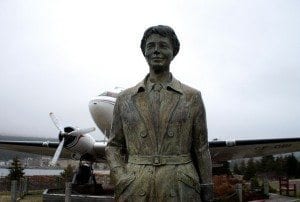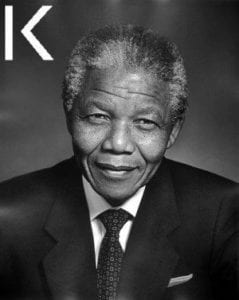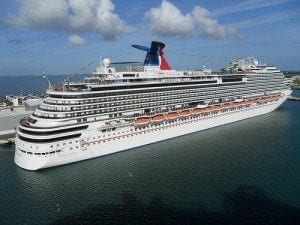
A team of historians, researchers and marine salvagers is planning a $22 million expedition in search of the missing pilot
Amelia Earhart and her Lockheed Electra plane disappeared over the South Pacific 75 years ago. Now a team of scientists, historians and marine salvagers are conducting a $2.2 million expedition in the hopes of finally solving one of America’s most riveting mysteries.
Amelia Earhart and her navigator Fred Noonan went missing July 2, 1937 as Earhart attempted to become the first woman to circumnavigate the globe in an aircraft.
The team is working under the theory that Amelia Earhart and Fred Noonan landed on a reef near the atoll of Nikumaroro, a small, remote island in the Pacific nation of Kiribati, before surviving for a short time.
“Everything has pointed to the airplane having gone over the edge of that reef in a particular spot and the wreckage ought to be right down there,” said Ric Gillespie, the founder and executive director of the group leading the search, The International Group for Historic Aircraft Recovery.
“We’re going to search where it – in quotes – should be,” Gillespie added. “And maybe it’s there, maybe it’s not. And there’s no way to know unless you go and look.”
Visits to the island have recovered artifacts that could possibly have belonged to Amelia Earhart and Fred Noonan. According to experts, a photo of the shoreline of the island, taken in October 1937, could show a blurry image of the strut and wheel of the plane’s landing gear.
“That was the icing on the cake,” Gillespie said of the photo.
The expedition is planned to last approximately 26 days, including 10 days of searching and 16 days allotted for travel between Honolulu and the Nikumaroro atoll. The team will use an oceanographic research vessel named Kaimikai-O-Kanaloa. The ship is owned by the University of Hawaii and translated into English its name means, “The Searcher of the Seas of the God Kanaloa.”
“If they find something, that adds a lot of credibility to her, to her navigator Fred Noonan, and to their survival skills because of the things that have been found so far on Nikumaroro,” said Patricia Webb, a retired Air Force colonel who helped to raise funds for the trip.
The team will use nearly 30,000 pounds of specialized underwater equipment, including an unmanned vehicle capable of mapping the sea floor and a remote-operated tethered vehicle used to identify and take photos of objects in the water.















